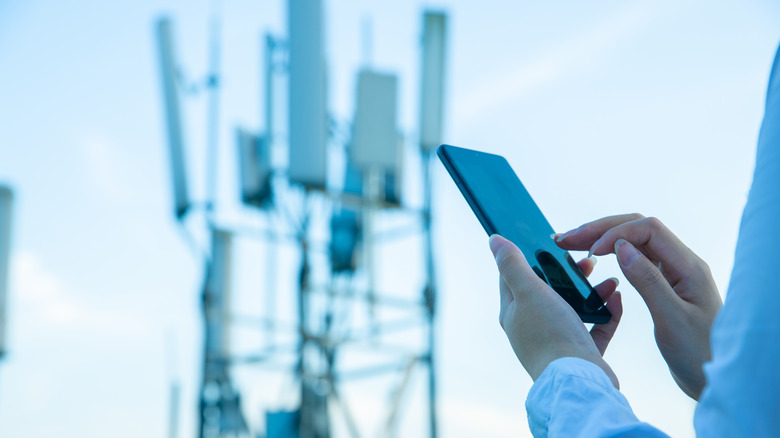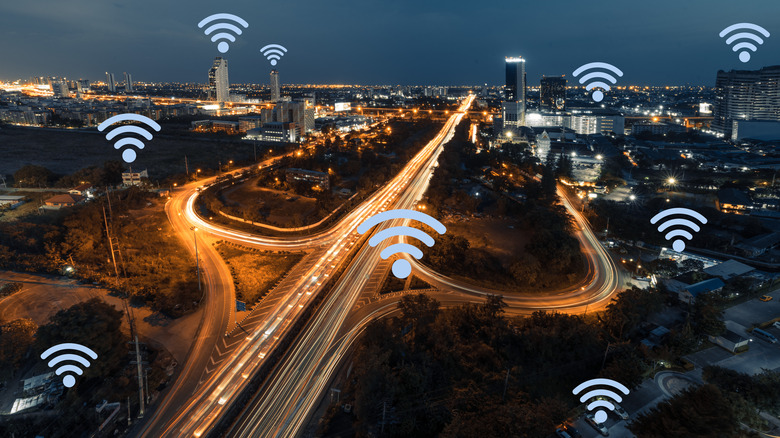How To Pick The Best Cell Service To Get Coverage In Your Area
Whether you are moving to a new area or simply thinking of changing your service provider, you will want to look at all the pros and cons of each provider in your area to find out which one will best suit your needs.
While the three major internet service providers, Verizon, T-Mobile, and AT&T, are the go-to providers for most people, you should have access to plenty of alternative options – for example, Mint Mobile, Google Fi Wireless, Boost Mobile, and Xfinity Mobile. While you will find that many of these carriers are either owned by or operate using the infrastructure of other carriers, they each offer unique perks and features that may be worth looking into if you want to figure out which plans would suit your use case best.
However, none of these perks and features matter much if the service provider you choose does not provide reliable coverage in your area. Some providers cover areas, others don't, and some may offer services such as 5G mmWave in specific areas. Therefore, it pays to look into the coverage each provider offers in your area to ensure you get the best and most stable connection.
Coverage maps
All the information you need regarding cell coverage can be found in each provider's coverage map. These maps can be found on each service provider's website, showing you all the areas they cover with their transmission equipment. Thankfully, you don't have to search around each U.S. map to find your city manually — you can plug in your ZIP code, address, or general location to find out if your area has coverage from the provider you are looking to use.
Beyond regular coverage, you may also want to look into specific types of coverage. For instance, while the majority of the nation has general 5G coverage, if you need high-speed mobile data, you may want to opt for 5G mmWave, which provides the best data speeds but can only cover small areas. This means that it requires more antennas to cover the same area one regular 4G or 5G antenna can cover, and it isn't available everywhere.
There are also websites such as Signalchecker and CellMapper, which will give you a general idea of what kinds of coverage your ZIP code receives, and apps that can show you where the nearest towers are. UpPhone also claims a comparative map of major carrier coverage.

